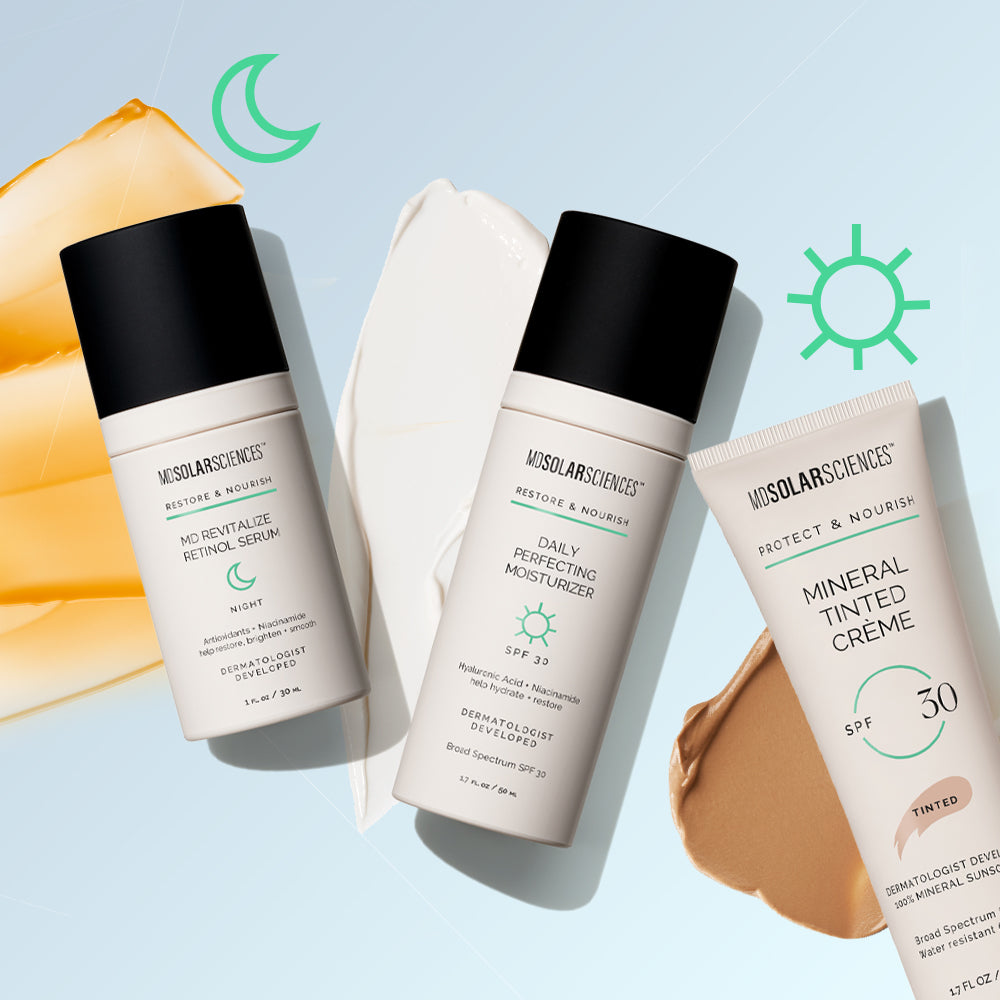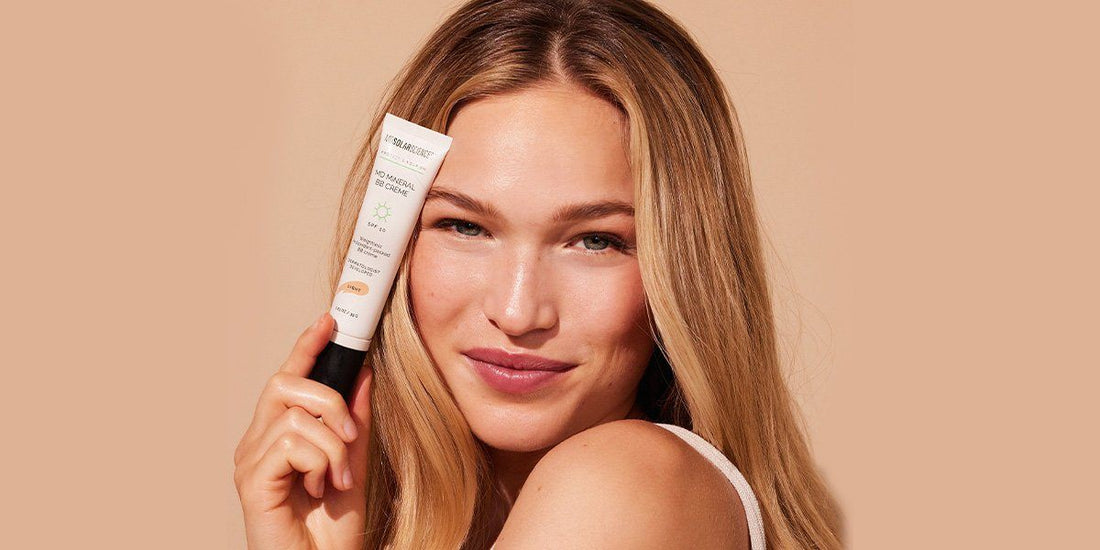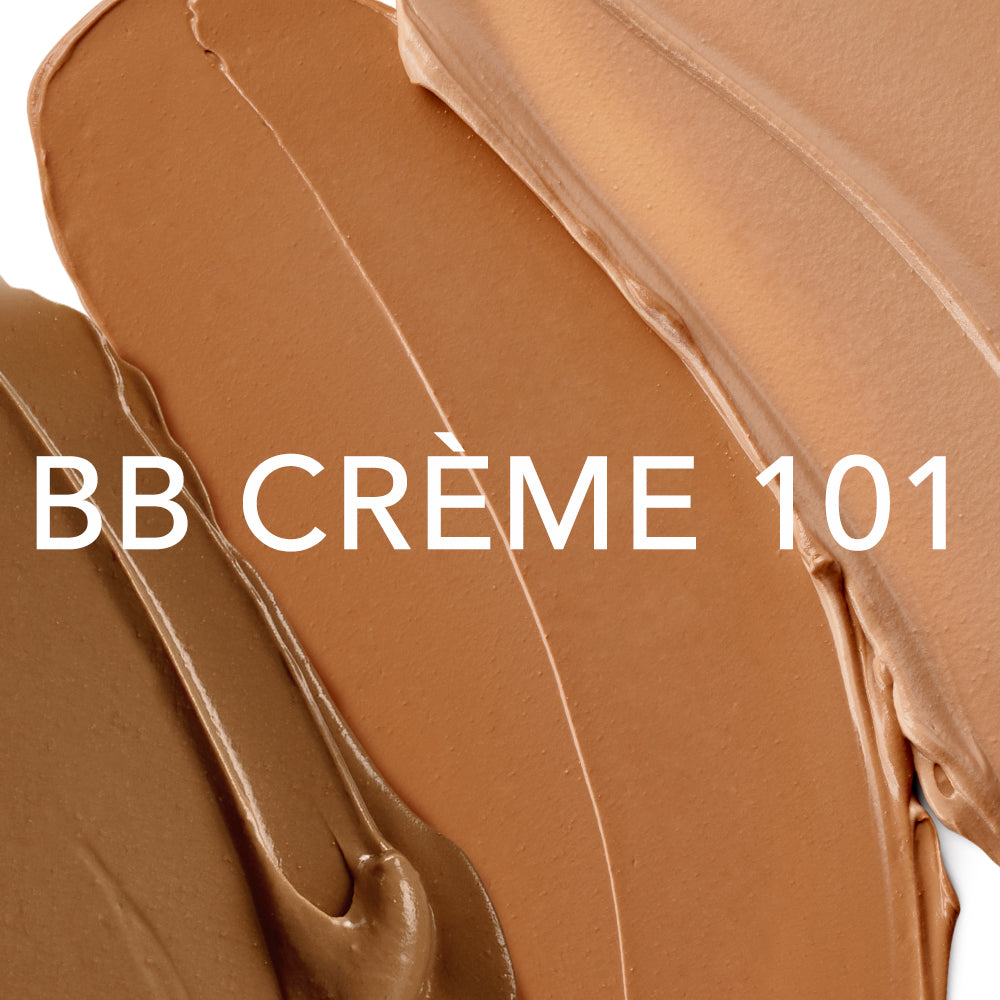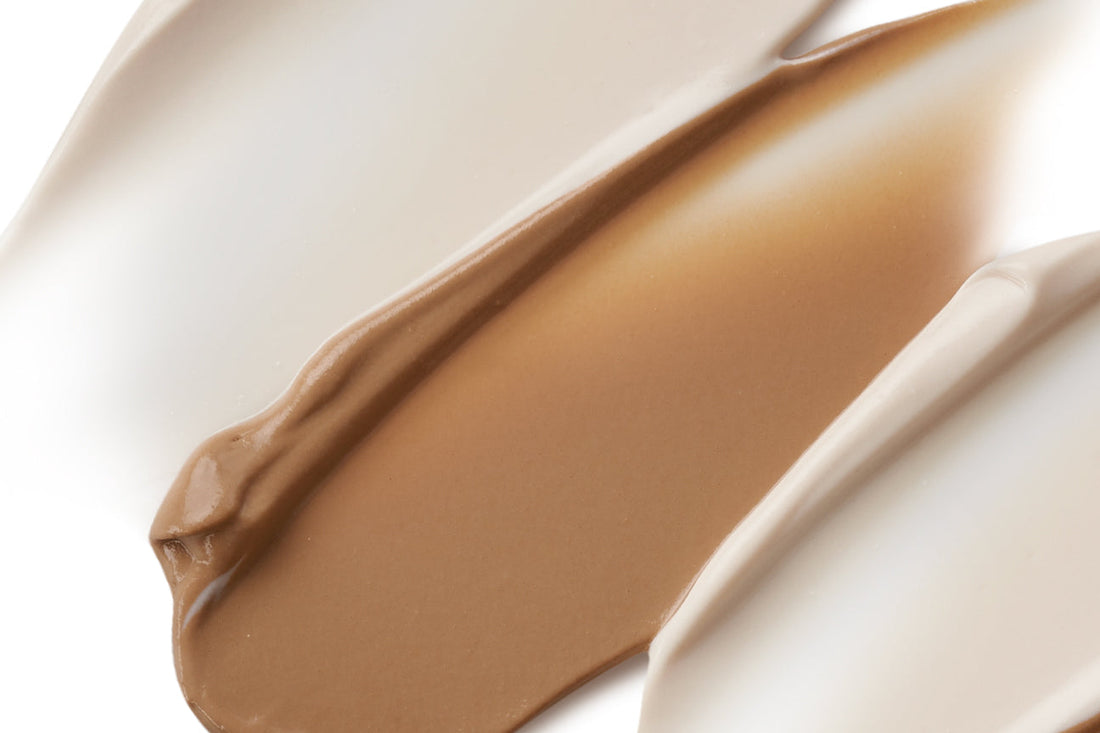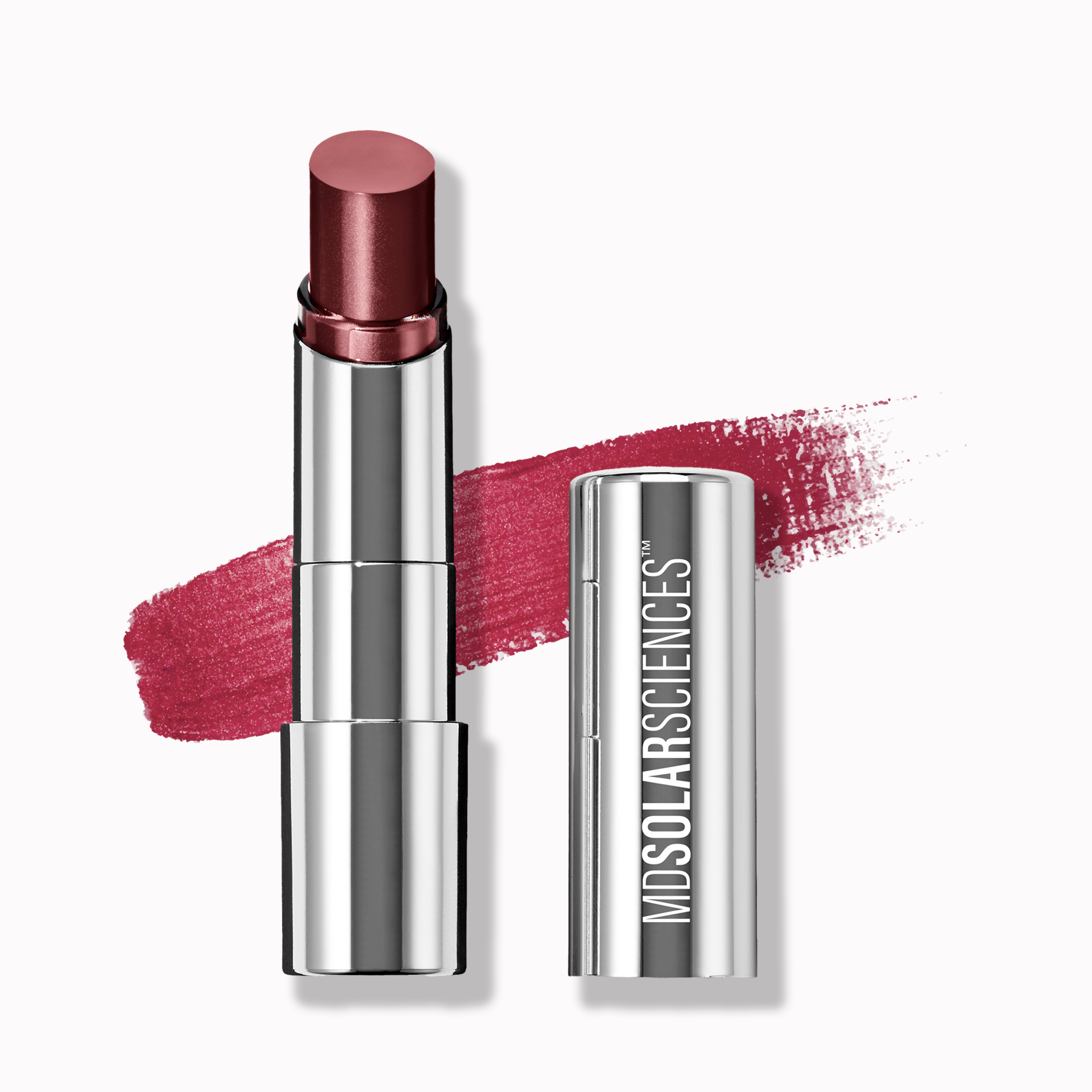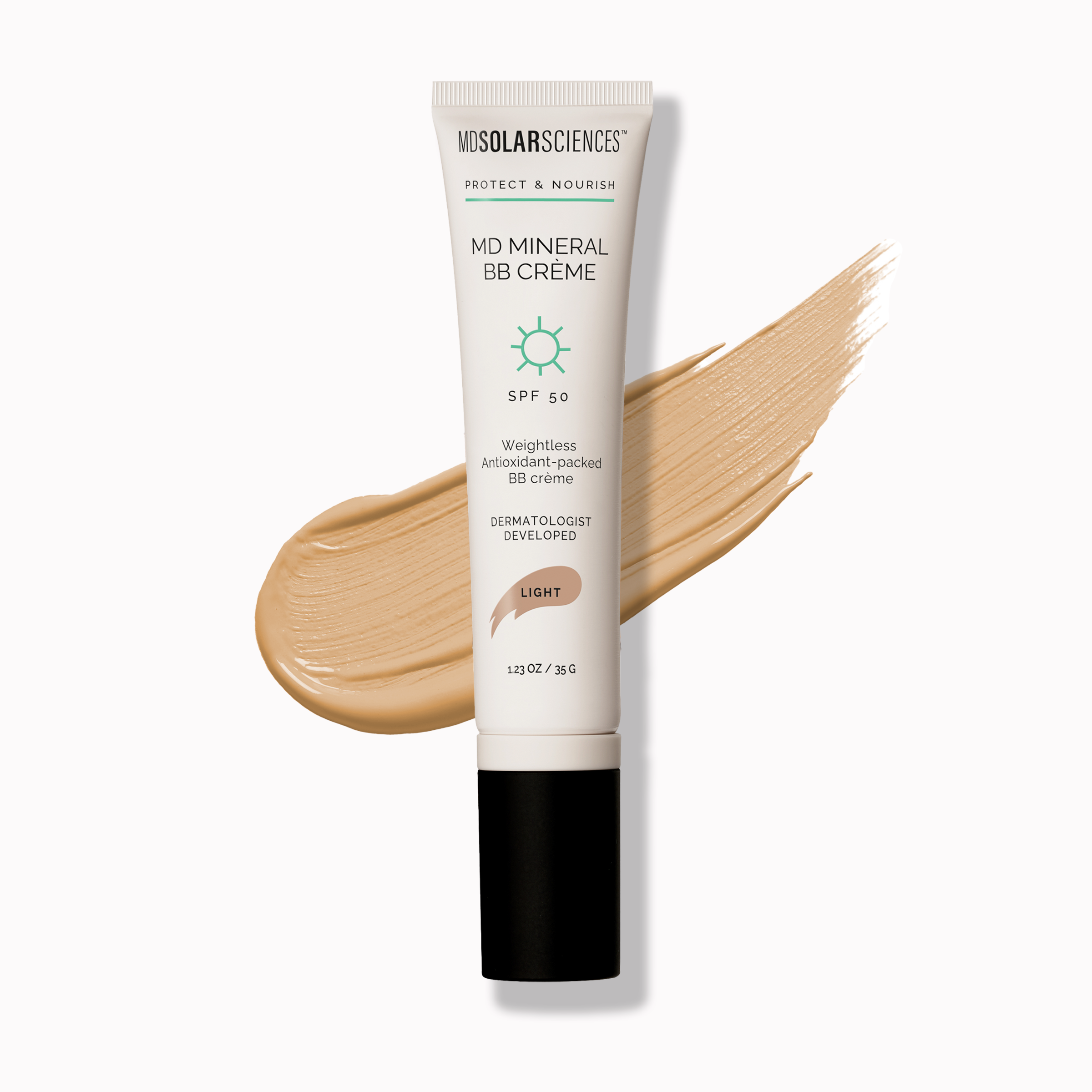Why Retinol and Sunscreen Are the Ultimate Skincare/Suncare Duo
When it comes to skincare, no two routines are exactly alike. What works wonders for one person may leave another feeling dry, irritated, or underwhelmed. Your skin’s needs depend on many factors, your skin type, age, lifestyle, and even where you live. But there are a few universal truths in skincare, and one of the biggest is this: two products belong in everyone’s daily routine, no matter your skin type, gender, or age. Those products are retinol and sunscreen.
Dermatologists around the world recommend them as the gold-standard combination for keeping your skin healthy, youthful, and glowing. Retinol helps undo signs of aging, and sunscreen prevents new ones from forming. Used together, they’re like the skincare world’s dream team , the power couple that can transform your skin’s future.
Why Sunscreen Is Non-Negotiable
Let’s start with the one that hopefully needs no introduction: sunscreen. By now, most of us know that daily SPF isn’t optional, it’s a necessity. Sunscreen is your first line of defense against the sun’s ultraviolet (UV) rays, which can cause skin cancer, sunburn, hyperpigmentation, fine lines, wrinkles, and overall skin aging.
But the benefits of daily sunscreen use go beyond just reducing skin cancer risk. Sunscreen protects your skin from:
- Premature aging: UV rays are the leading cause of visible signs of aging. Dermatologists estimate that up to 90% of skin aging is caused by sun exposure.
- Sun spots and uneven tone: Hyperpigmentation, melasma, and blotchy patches are often triggered by UV damage.
- Loss of skin elasticity: Sun exposure breaks down collagen and elastin, leading to sagging over time.
Think of sunscreen as your skin’s personal bodyguard, blocking the invisible but powerful rays that can undo years of good skincare habits.
Why Retinol Is the Gold Standard for Anti-Aging
If sunscreen is your bodyguard, retinol is your personal trainer — working hard behind the scenes to help your skin perform and look its best. Retinol, a derivative of vitamin A, is one of the most researched and proven skincare ingredients in the world. Dermatologists call it the “gold standard” for anti-aging for good reason.
Here’s what retinol can do for your skin:
- Boost cell turnover: Retinol helps your skin shed old, dull cells more quickly so newer, fresher cells can take their place.
- Stimulate collagen production: Collagen is the protein that keeps skin plump and smooth. Retinol helps slow collagen breakdown while encouraging your skin to make more.
- Reduce fine lines and wrinkles: Over time, retinol visibly softens the appearance of crow’s feet, forehead lines, and smile lines.
- Brighten skin tone: By speeding up cell renewal, retinol helps fade dark spots and post-acne marks.
- Refine texture: Retinol smooths rough patches and minimizes the look of large pores.
If your skin is already showing signs of sun damage, think fine lines, uneven tone, or texture changes, retinol can help reverse and repair much of it.
Why Retinol and Sunscreen Go Hand-in-Hand
Retinol and sunscreen are most powerful when used together, but not at the same time of day. Retinol works best at night, and sunscreen is essential during the day. Here’s why they’re such a perfect pair:
1. Retinol Makes Your Skin More Sensitive to the Sun
One of retinol’s key benefits is that it brings fresher skin cells to the surface faster. The flip side? These new cells are more delicate and vulnerable to UV damage. Without proper sun protection, you could undo the benefits of retinol and end up with more sun spots or irritation.
2. Sun Exposure Can Degrade Retinol
UV light doesn’t just damage your skin, it also breaks down retinol. That’s why dermatologists recommend applying retinol only at night, when there’s no sunlight to interfere with its potency.
3. Sunscreen Protects Your Progress
If you’re investing time and money into a retinol routine, you don’t want to lose your progress to new sun damage. Daily SPF ensures you protect your investment in healthier, smoother skin.
The Two Golden Rules of Using Retinol
If you remember nothing else from this article, remember these:
- Apply retinol only at night. This keeps it safe from sunlight and gives it time to work while you sleep.
-
Wear sunscreen generously every morning (and reapply). At least SPF 30, preferably SPF 50 if you’re outdoors for extended periods.
Traditional retinol can sometimes cause dryness, redness, and peeling, especially if you have sensitive skin. That’s why we love Evening Retinol Serum. This dermatologist-developed formula uses encapsulated retinol, which stays protected until it penetrates deeper into the skin, reducing the risk of surface irritation.
It’s also packed with soothing ingredients like:
- Chamomile – calms redness and irritation
- Seaweed extract – hydrates and nourishes
- Caffeine – reduces puffiness and wakes up tired skin
- Aloe – deeply soothes and hydrates
- Niacinamide – strengthens the skin barrier and improves tone
The result? All the benefits of retinol with fewer side effects.
Can You Use Retinol in the Summer?
Absolutely. You can (and should) continue using retinol year-round, just be extra diligent with your sunscreen in the summer months when UV intensity is higher. Apply retinol at night, follow with SPF every morning, and reapply SPF every two hours when outdoors.
The Best Skincare Routine When Using Retinol
When you’re using retinol, your skin needs extra hydration and gentle care. Harsh scrubs and stripping cleansers can worsen irritation, so look for formulas that cleanse, soothe, and protect. Here’s a dermatologist-approved routine to maximize your results:
Evening Routine (Retinol Time)
Step 1: Wash Away One Step Cleanser
This gentle but effective cleanser removes dirt, oil, waterproof makeup, and even mineral sunscreen, all without leaving skin feeling tight. Bonus: it lightly exfoliates, so your skin is fresh and ready to absorb retinol.
Step 2: Evening Retinol Serum
Apply a pea-sized amount to your face, avoiding the delicate eye area. Let it work overnight to smooth, tone, and revitalize your skin while you sleep.
Morning Routine (SPF Protection Time)
Step 1: Wash Away One Step Cleanser
Gently cleanse away any nighttime products or oils.
Step 2: Daily Perfecting Moisturizer SPF 30
This is your first layer of sun defense. It hydrates with hyaluronic acid, ceramides, and nourishing oils, all while providing broad-spectrum SPF 30 protection.
Step 3: Mineral Tinted Creme SPF 30 or MD Mineral BB Creme SPF 50
For a makeup-like finish with extra sun protection, layer on a tinted SPF. These formulas even skin tone, grip makeup, and provide another shield against UV rays. Choose the Mineral Tinted Creme for light coverage or MD Mineral BB Creme for medium coverage.
That Settles It
Retinol and sunscreen aren’t just “nice-to-have” skincare products, they’re essentials. Retinol works to repair and renew your skin overnight, while sunscreen protects your progress during the day. Used together, they’re one of the most powerful duos in dermatology for keeping your skin healthy, youthful, and radiant for years to come.
Whether you’re just starting your skincare journey or upgrading your current routine, this is the perfect time to commit to these two hero products. Your future skin will thank you.


